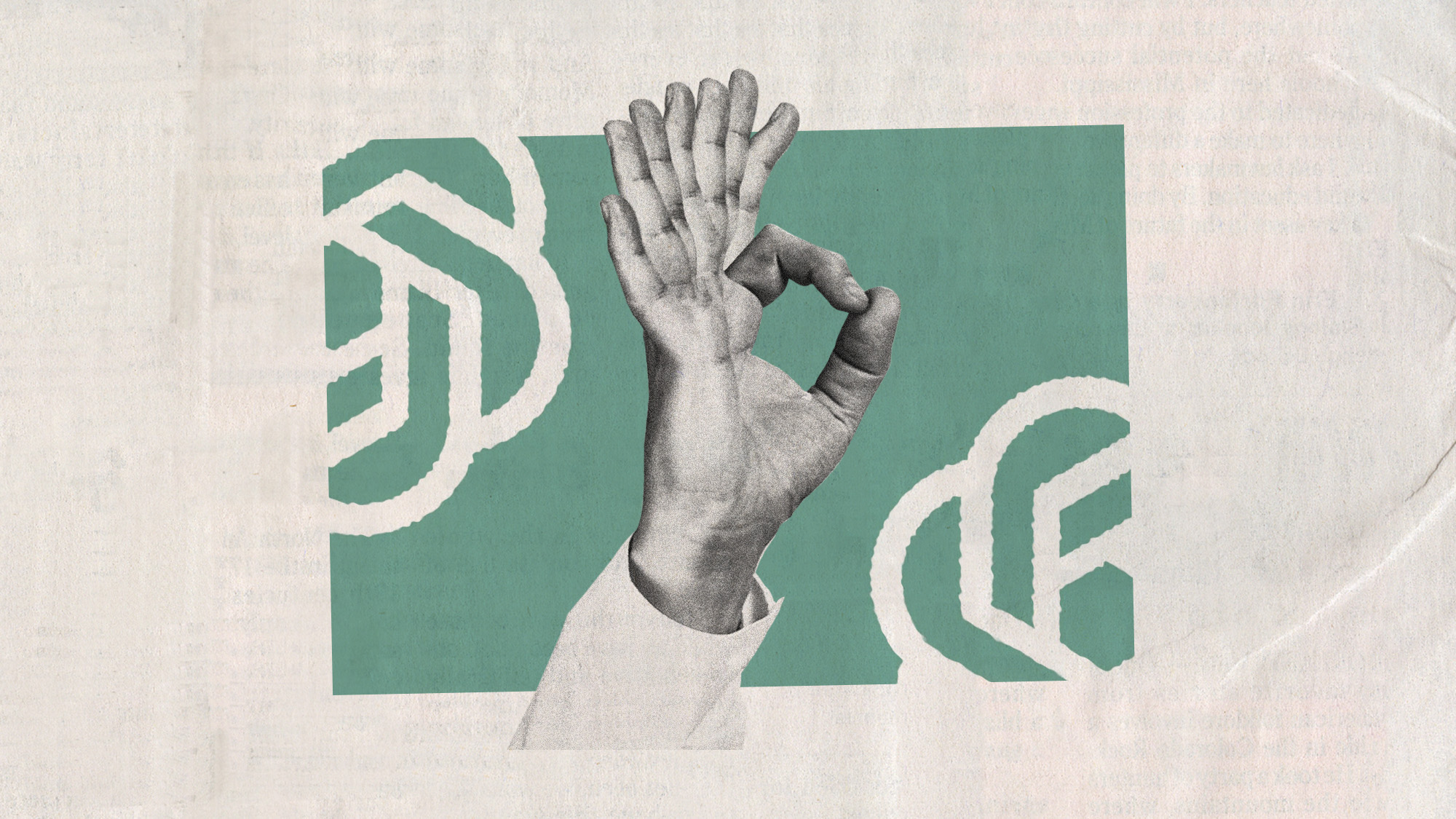Unearthed: Bulgarian 'vampire' skeletons
Archaeologists in the Black Sea town of Sozopol uncover two 800-year-old skeletons with stakes through their chests

"If you thought vampires were simply the stuff of myth and legend — and perhaps the odd teen horror film — think again," says Daniel Miller at Britain's Daily Mail. Last weekend, archaeologists in the Bulgarian Black Sea town of Sozopol unearthed two 800-year-old skeletons with iron rods piercing their chests, an apparent sign that locals believed it might occur to the two men to rise from the dead and terrorize the town. These aren't the first "vampire skeleton" burials discovered in Balkan countries, nor did the practice die out in Medieval times — it was "common in some Bulgarian villages up until the first decade of the 20th century," says Bozhidar Dimitrov, head of Bulgaria's National History Museum. Here, a look at the "vampires" of Central Europe:
Does this somehow prove vampires existed?
No, but people in the Balkans — Bulgaria, Serbia, and Romania — certainly believed they were real. According to local legends, vampires took many forms, and were believed to kill humans or livestock, often drinking blood or otherwise draining life from their victims. To stop a suspected vampire from rising from the dead — candidates were typically people who did evil while alive, and often members of the nobility or clergy, according to Dimitrov — an iron or wooden stake was pounded into his chest or heart before burial. In Bulgaria alone, more than 100 "vampire skeletons" have been found, Dimitrov says.
The Week
Escape your echo chamber. Get the facts behind the news, plus analysis from multiple perspectives.

Sign up for The Week's Free Newsletters
From our morning news briefing to a weekly Good News Newsletter, get the best of The Week delivered directly to your inbox.
From our morning news briefing to a weekly Good News Newsletter, get the best of The Week delivered directly to your inbox.
What purpose did the iron rod serve?
Theoretically, the stake pinned the body in its grave, Dimitrov says, keeping the undead corpse from rising at midnight to hunt the living. But stakes weren't the only tool used to neutralize vampires. In 2009, Italian archaeologists discovered a 16th century "vampire" notable for the brick lodged in her mouth. One of the archaeologists told National Geographic that bricks and other objects were shoved in the mouths of suspected vampires to keep them from spreading the plague.
Where did the vampire myth come from?
Some believe that the legend of blood-sucking vampires spread with the devastating plagues that ravaged Europe between 1300 and 1700. People at the time understood neither decomposition nor how diseases were spread. Sometimes grave-robbers or undertakers adding bodies to existing burial sites would find bloated corpses with blood-like gastrointestinal "purge fluid" seeping from the mouth or nose, making it look as if the corpse had been drinking blood. The modern idea of a vampire was born in Western Europe in the 19th century, immortalized in Irish writer Bram Stoker's 1897 Victorian gothic classic Dracula, based loosely on brutal Romanian prince Vlad III, the Impaler.
A free daily email with the biggest news stories of the day – and the best features from TheWeek.com
Sources: AP, BBC News, Daily Mail, International Business Times, National Geographic
-
 Biggest political break-ups and make-ups of 2025
Biggest political break-ups and make-ups of 2025The Explainer From Trump and Musk to the UK and the EU, Christmas wouldn’t be Christmas without a round-up of the year’s relationship drama
-
 Why 2025 was a pivotal year for AI
Why 2025 was a pivotal year for AITalking Point The ‘hype’ and ‘hopes’ around artificial intelligence are ‘like nothing the world has seen before’
-
 The best drama TV series of 2025
The best drama TV series of 2025the week recommends From the horrors of death to the hive-mind apocalypse, TV is far from out of great ideas